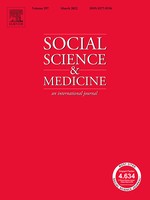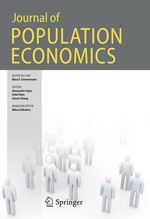Biography
I am a Lecturer (Assistant Professor) in Economics at the University of Exeter Business School and a member of the Land, Environment and Economic Policy Institute (LEEP) .
Previously, I was a Swiss National Science Foundation Postdoctoral Fellow at The Aix-Marseille School of Economics. I graduated with a PhD in Economics from The Graduate Institute (IHEID), Geneva. My research interests are at the intersection of environmental economics and political economy. I also study decision-making under uncertainty. In my free time I enjoy reading science fiction and fantasy.
Interests
- Environmental Economics
- Political Economy
- Economics of Uncertainty
Education
PhD in International Economics, 2021
The Graduate Institute (IHEID), Geneva
Master in International Economics, 2014
The Graduate Institute (IHEID), Geneva
BA (Honours) Economics, 2012
University of Delhi


